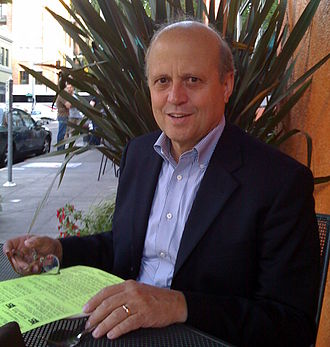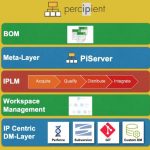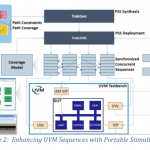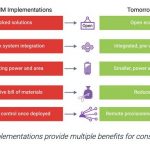The entire history of EDA software tools has enabled engineers to design ICs and SoCs using virtual prototyping, so most of us in the industry are familiar with the idea of modeling and simulating something as complex as an IC before actually starting the manufacturing process. In a complex system like an automobile there are a lot… Read More
Electronic Design Automation
Mentor Excitement at 56thDAC!
Mentor continues to invest in conferences such as DAC, no matter the location, for which I am very grateful. They have a long list of activities this year but I wanted to point out my top three:
Wally Rhines has a talk in the DAC Pavilion which is first on the list. Wally’s expert industry perspective is the result of tireless research… Read More
Mentor Extends AI Footprint
Mentor are stepping up their game in AI/ML. They already had a well-established start through the Solido acquisition in Variation Designer and the ML Characterization Suite, and through Tessent Yield Insight. They have also made progress in prior releases towards supporting design for ML accelerators using Catapult HLS. Now… Read More
Webinar Recap: IP Life Cycle Management and Traceability
Earlier this month I attended a webinar organized by Methodics on the topic of IP life cycle management and traceability, with three presenters and a Q&A session at the end. I’ve worked with Michael Munsey before and he was the first presenter. Semiconductor IP creation and re-use is the foundation of all modern IC designs,… Read More
Breker on PSS and UVM
When PSS comes up, a lot of mainstream verification engineers are apt to get nervous. They worry that just as they’re starting to get the hang of UVM, the ivory tower types are changing the rules of dynamic verification again and that they’ll have to reboot all that hard-won UVM learning to a new language. The PSS community and tool … Read More
Learning on the Edge Investment Thesis
It is said that it will cost as much as $600M to develop a 5nm chip. At that price, only a few companies can afford to play, and with that amount of cash in, innovation is severely limited.
At the same time, there is a stampede in the artificial intelligence (AI) market where around 60 startups have appeared, many of which have already … Read More
IC to Systems Era
One of my favorite EDA disruptions is the Siemens acquisition of Mentor, pure genius. Joe Sawicki now runs the Mentor IC EDA business for Siemens so we will be seeing him at more conferences and events than ever before. Joe did a very nice keynote at the recent U2U conference that I would like to talk about before we head to the 56thDAC… Read More
The IoT will meet 5G soon, but not with the old SIM cards
By now you have probably realized that 5G is a lot more than an incremental change from previous 3G and 4G cellular technology. For instance, 5G will be used to connect our phones in completely new ways, such as with microcells in urban areas using mm-wavelength signals. 5G will also include two low power protocols that are intended… Read More
56thDAC ClioSoft Excitement
As the number one 56thDAC supporting portal we will publish what’s happening in the conference, on the exhibit floor, and outside activities. The SemiWiki bloggers will be out in full force with live coverage and behind the scenes looks. Remember, SemiWiki bloggers are actual semiconductor professionals with hundreds… Read More
Getting to EMC Compliance by Design
At the risk of highlighting my abundant lack of expertise in the domain, I had always viewed EMC (electromagnetic compatibility) compliance and testing as one of those back-end exercises that can only be done on the real device and depends on a combination of expertise and brute-force in chip/package/module/system design (decaps,… Read More












The Quantum Threat: Why Industrial Control Systems Must Be Ready and How PQShield Is Leading the Defense